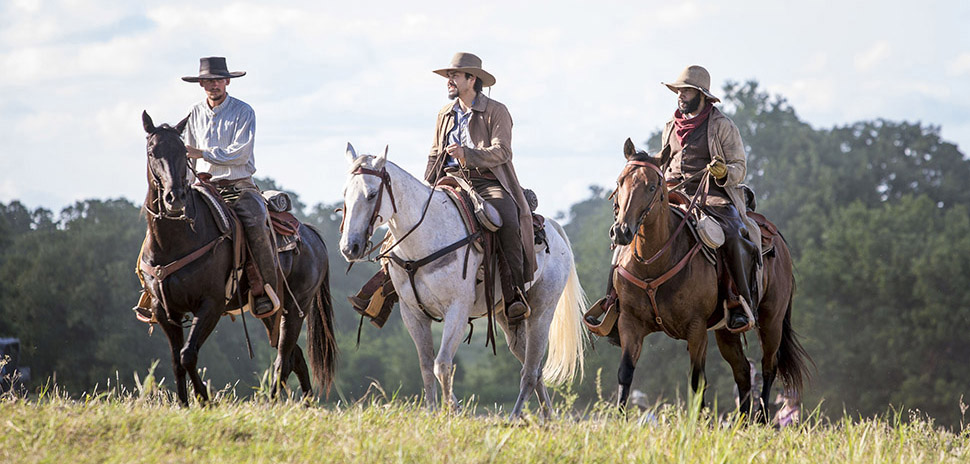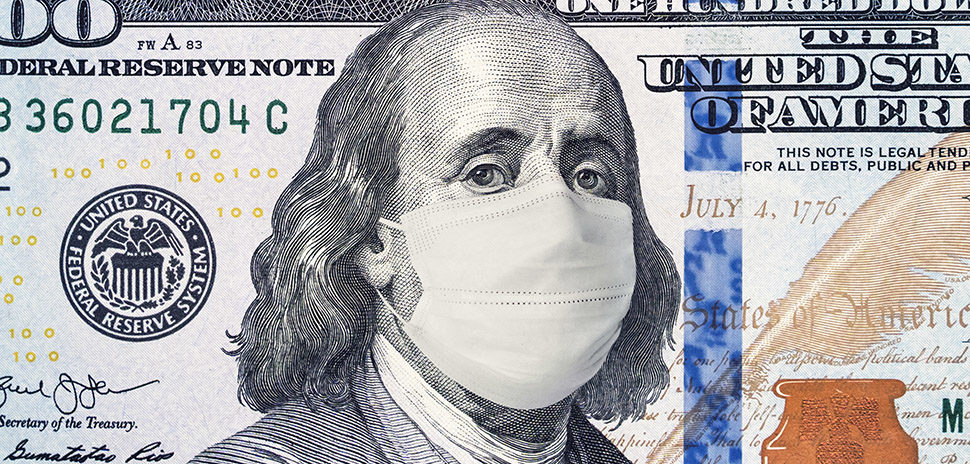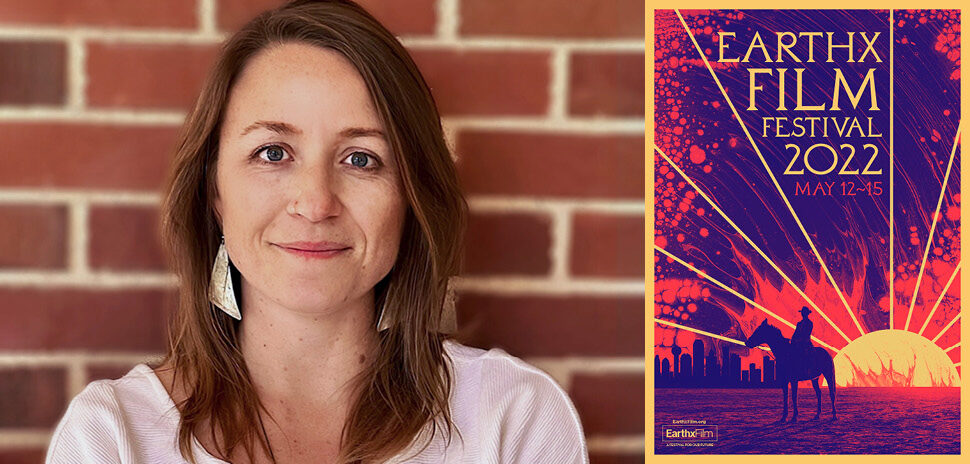The youngest pilot ever in the history of the U.S. was a 13-year-old Chickasaw girl.
The Chickasaw tribe broke the French hammerlock on Mississippi River traffic in the early 1700s, setting the stage for English colonization of what would become the United States that we know today.
These little-known points in the American timeline are—incrementally—coming alive on screen through the backing of the Chickasaw Nation, which is creating increasingly ambitious film and television productions to entertain and educate both Middle America and Indigenous populations on the role Native Americans have played in world history.
“It takes knowledge and a special effort to represent First Americans accurately, which is why it is so important to have discussions with any tribe that a filmmaker may want to portray,” said Robyn Elliott, who oversees script development and budgeting and helps film production for the Chickasaw Nation. “There is amazing cultural diversity in the more than 500 federally recognized tribes in the United States. While tribal cultures were aggregated into a kind of homogenous Indian identity for decades in much of mainstream media, that is beginning to change.”
Elliott added that the Chickasaw Nation is setting the historical record straight by including other tribes in their productions. It consulted with fellow nations to ensure they’re being portrayed accurately.
“That’s why we think it is so important to show very diverse cultures within Indian country,” she said. “Each tribe has its own culture. Has its own history. Has its own heroes and contributions. I think it’s important to recognize the true history.”
Eula “Pearl” Carter Scott
Finding those stories hasn’t been hard for the Chickasaw Nation, Elliott said. The first film series was based on the life of Eula “Pearl” Carter Scott, who, as referenced above, became the youngest pilot in the United States in 1929.
Chickasaw Nation Governor Bill Anoatubby knew Pearl Carter Scott, Elliott said. The two had worked together for years in Chickasaw Nation government, where Scott had served as a legislative representative for three terms—and as a community health worker, in her second act in life. (Go here to view the full-length feature, called “Pearl.”)
Te Ata
The second film series, released in 2017, focused on Te Ata, a Chickasaw woman whose storytelling abilities eventually led her to perform at the White House and form a friendship with Eleanor Roosevelt.
The films about Te Ata and Scott tell the stories of the strong women they were, according to Elliott. They have also become learning laboratories for grade- and high-school students, who have been invited to watch the production and filming process, and who have studied the histories behind the films. (Go here to rent “Te Ata” on YouTube.)
“These were living individuals, and it was important to us that there were Chickasaw people early on in the formation of Oklahoma and in the country that were contributing, active members of society,” Elliott said. “[People] who have helped shape the policies that have come into existence, and helped right some wrongs.”
Montford Thomas Johnson
Chickasaw Nation’s most recent release, “Montford: The Chickasaw Rancher,” which premiered on Netflix on Nov. 1, tells the story of Montford Thomas Johnson, who battled discrimination to build a ranching operation that sprawled across central Oklahoma.
“Montford Johnson’s story is also the story of the Chickasaw Nation,” Gov. Anoatubby said. “He went through tough times. He was able to stand up against adversities. He became a success.”
According to Gov. Anoatubby, the cinematic means of storytelling falls well within the Chickasaw Nation’s strengths. “Montford” is the perfect vehicle to describe Chickasaw grit.
“Film production is part of our effort to tell the story of the Chickasaw people,” Gov. Anoatubby said. “We became involved in making movies because film is a great way to tell our own stories and illustrate the important role Chickasaw people have played in American history.”
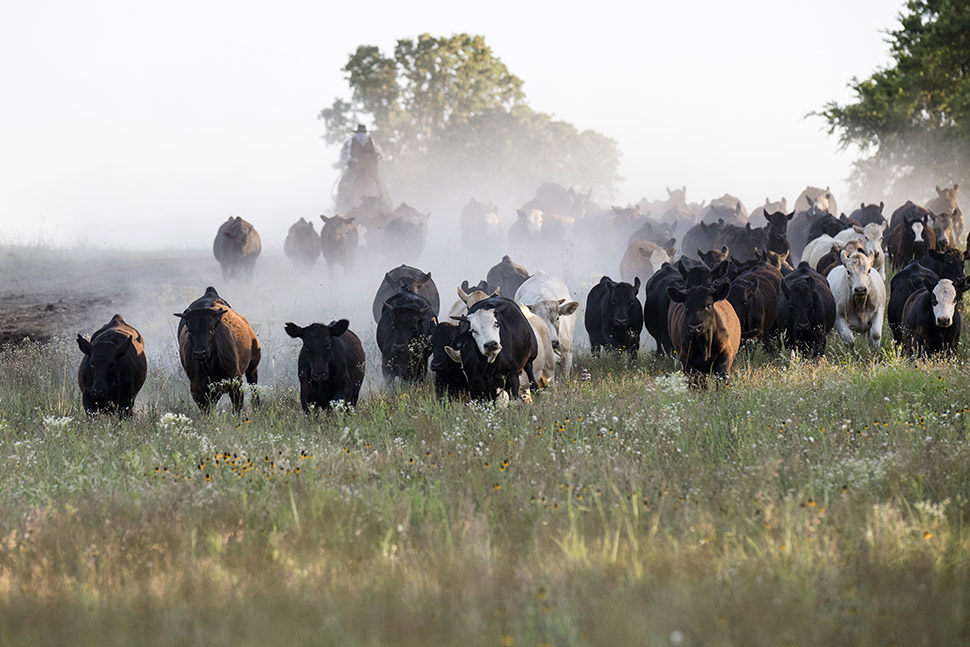
Chickasaw Rancher [Photo: Michael Scott]
Up next
The next chapter in Chickasaw filmmaking will look at one of the nation’s larger stories.
The film, which has a working title of “Ackia,” will portray the role the Chickasaw Nation played in driving the French from the central portion of what would one day become the United States.
“It’s a very large project,” Elliott said, adding that the production will recount the Chickasaw’s role in the battle that led to the French retreat from modern America. The tribe’s aforementioned blockade of traffic on the Mississippi River triggered a showdown with the French, who attempted to kill or enslave the Chickasaw people in retaliation.
Also in production is a film adaptation of the book “Chula the Fox,” the story of a Chickasaw boy who enters tribal warfare after an ambush takes the life of his father. “Chula” is printed through a Chickasaw Nation publishing house, White Dog Press.
And aside from print and film, the Chicksaw Nation also tells its stories through radio.
Photo gallery
Here’s a few scenes from shooting “Montford: The Chickasaw Rancher.”
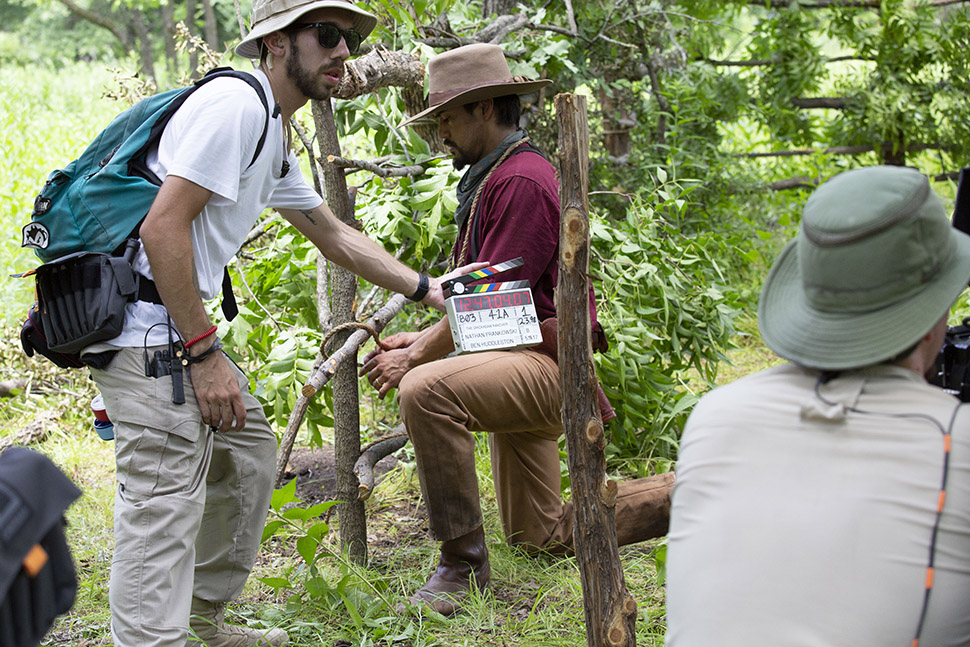
[Photo: Michael Scott]
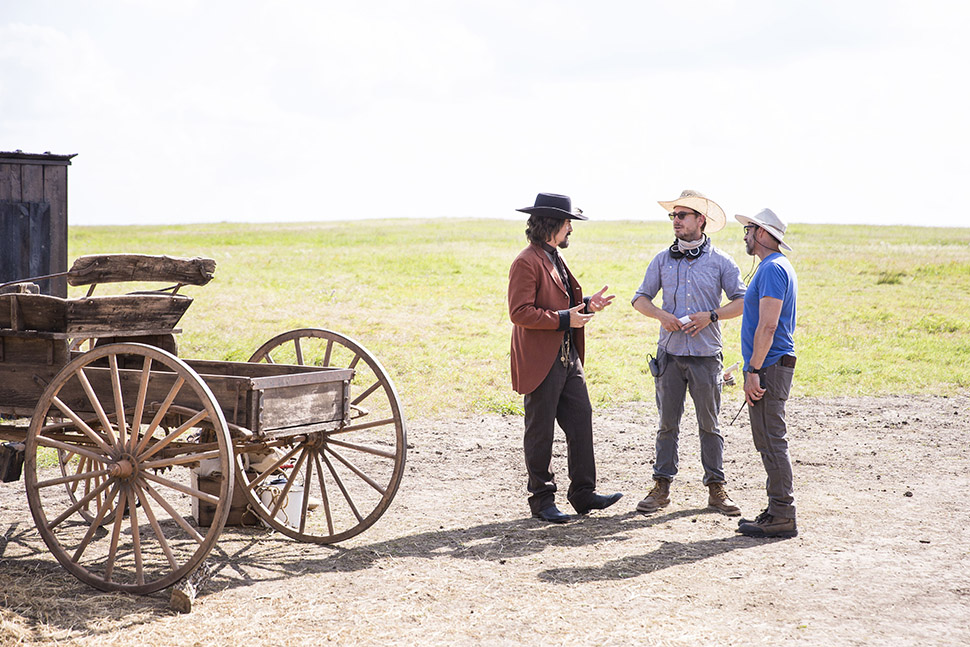
[Photo: Michael Scott]
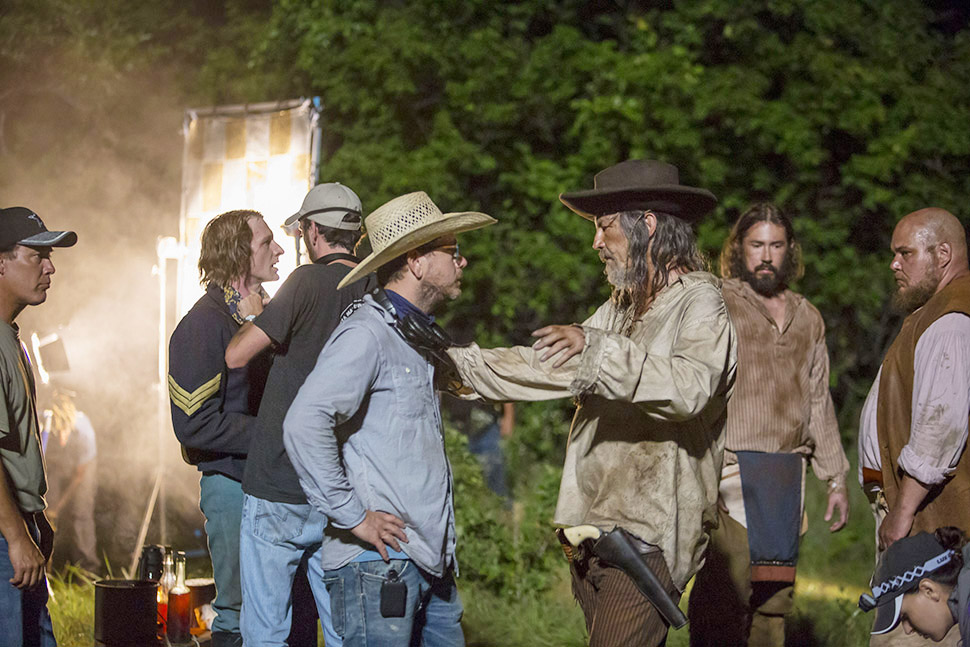
[Photo: Michael Scott]

[Photo: Michael Scott]
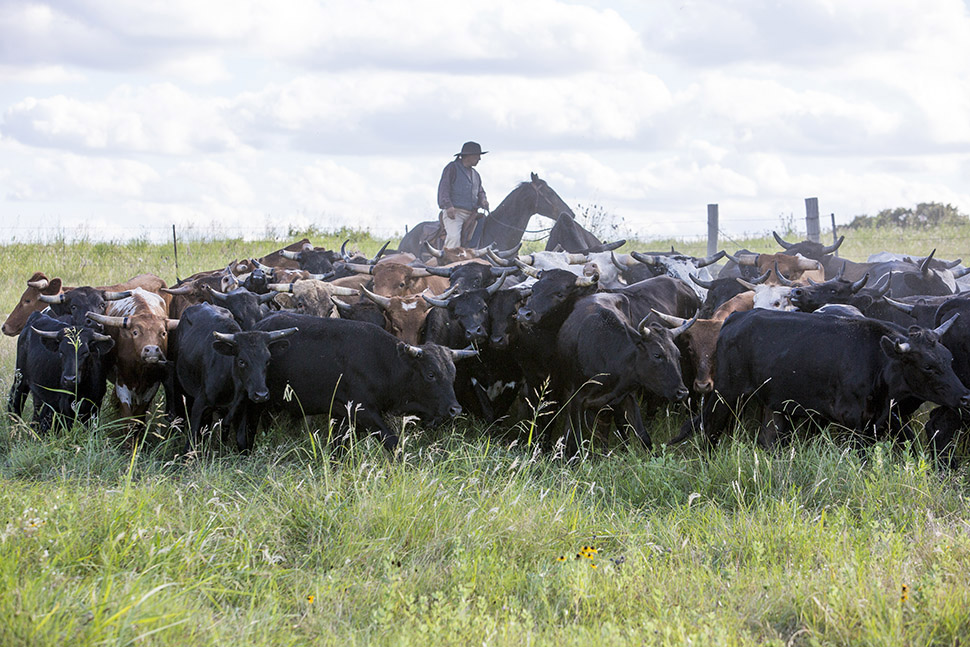
[Photo: Michael Scott]

[Photo: Michael Scott]
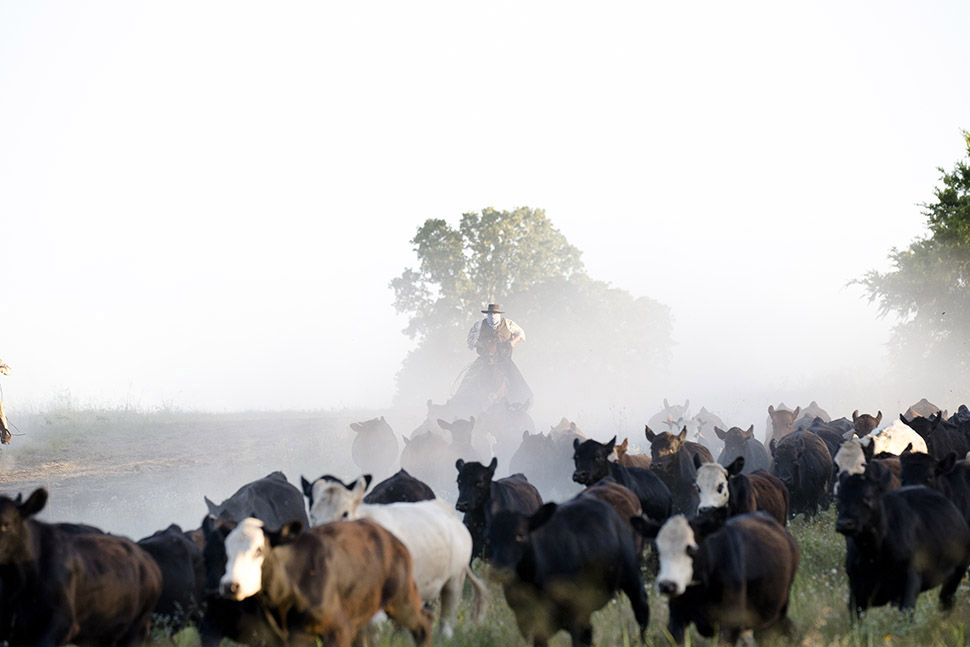
[Photo: Michael Scott]
A version of this article appeared on the Dallas Regional Chamber’s website.
![]()
Get on the list.
Dallas Innovates, every day.
Sign up to keep your eye on what’s new and next in Dallas-Fort Worth, every day.

